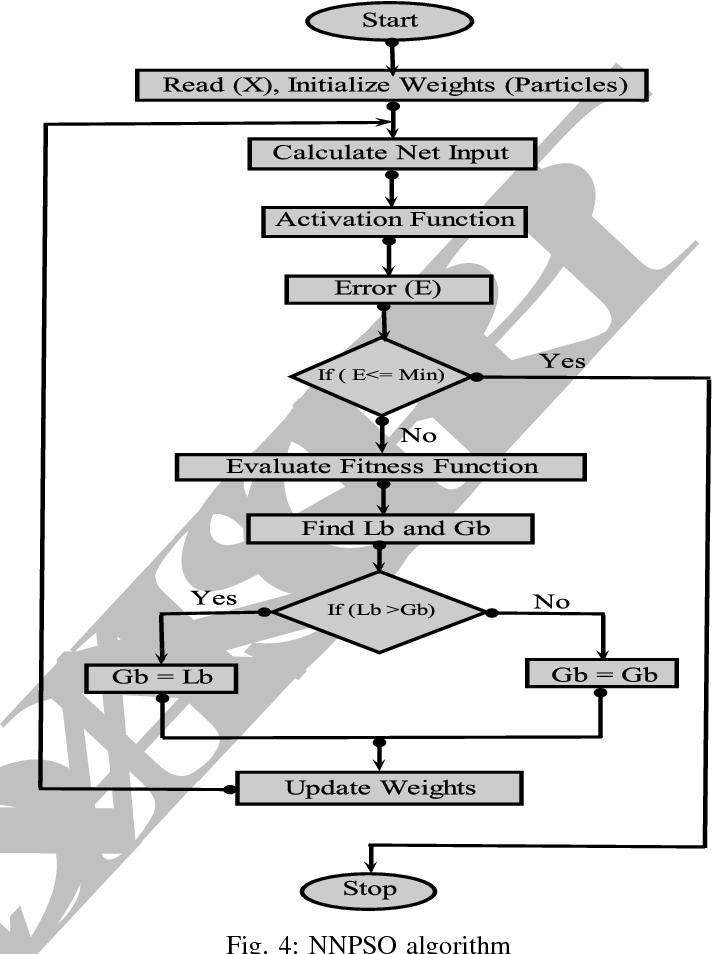
Adversarial AI is a subfield of artificial intelligence that studies how attacks are made on machine learning algorithms. Recent research has shown that industrial applications require protection of machine learning algorithms. This paper describes how to generate adversarial examples and the success rate for adversarial attackers. It also examines defenses against adversarial learning. While this field is still in its infancy, it has a bright future.
Techniques to generate adversarial examples
The Xu, Evans, and Qi (XEFGS) method is a popular technique for generating adversarial examples. The Xu, Evans, and Qi (XEFGS) method encodes one image with a random numbers r1, 2 or 3. An adversary could then add small errors x to the original picture. An adversary can add small errors to the original image x by changing the direction of the gradient.

This allows the model to learn how to categorize images with very small changes. An adversarial instance is an image that humans would misclassify to be Labrador Retrievers. The adversarial example exploits the robustness issues within the network. An increase in the probability of misclassification by a large epsilon parameter makes the perturbed images more visible.
Achieving success with adversarial attack
There are two types to adversarial machine-learning attacks. In order to create adversarial network, black-box and white box attack policies employ different learning strategies. White-box attacks are more specific to the target algorithm while adversarial methods can be used in a more general manner and are more adaptable. Below is information about each type and its success rate. We will discuss the pros and cons of each type and how they compare.
The first method, which is known as an adversarial example attack, uses a substitute model to train an attacker's model. The attacker sends data to the target model and then queries its output. Papernot et. al. discovered that an adversarial example can defeat a machine learning algorithm. The second method, called a black-box attack, involves training an adversarial model without any data.
Protecting against adversarial machine-learning
In ICLR2018, Athalye et al. identified a common problem with most heuristic defenses: nonexistent or nondeterministic gradients. Add-ons like quantization and randomization can cause nondeterministic, or undeterministic, gradients. These add-ons can cause nondeterministic gradients. The researchers offer three methods to get around them. The researchers first used differentiable functions as an approximate to non-differentiable Add-ons.

Another strategy to avoid adversarial attacks is to make your model resistant to tampering. One example of model poisoning is the intentional contamination of training data with malicious data or code. Once the code is running the tampering may generate unauthorized inferences. You can combine these techniques in many ways to "reprogram" AI applications, steal intellectual property, and sabotage ML system. You can protect your AI systems against such attacks by implementing strong security policies. This includes code repositories and continuous integration.
FAQ
What is the future of AI?
Artificial intelligence (AI), which is the future of artificial intelligence, does not rely on building machines smarter than humans. It focuses instead on creating systems that learn and improve from experience.
We need machines that can learn.
This would allow for the development of algorithms that can teach one another by example.
You should also think about the possibility of creating your own learning algorithms.
It's important that they can be flexible enough for any situation.
How does AI impact the workplace
It will change the way we work. We'll be able to automate repetitive jobs and free employees to focus on higher-value activities.
It will improve customer services and enable businesses to deliver better products.
It will help us predict future trends and potential opportunities.
It will enable organizations to have a competitive advantage over other companies.
Companies that fail AI will suffer.
What is the role of AI?
An algorithm refers to a set of instructions that tells computers how to solve problems. An algorithm can be described in a series of steps. Each step must be executed according to a specific condition. The computer executes each step sequentially until all conditions meet. This repeats until the final outcome is reached.
For example, suppose you want the square root for 5. If you wanted to find the square root of 5, you could write down every number from 1 through 10. Then calculate the square root and take the average. However, this isn't practical. You can write the following formula instead:
sqrt(x) x^0.5
This is how to square the input, then divide it by 2 and multiply by 0.5.
This is the same way a computer works. It takes your input, squares it, divides by 2, multiplies by 0.5, adds 1, subtracts 1, and finally outputs the answer.
What is the role of AI?
An artificial neural networks is made up many simple processors called neuron. Each neuron takes inputs from other neurons, and then uses mathematical operations to process them.
Neurons can be arranged in layers. Each layer performs an entirely different function. The first layer receives raw data, such as sounds and images. It then sends these data to the next layers, which process them further. Finally, the last layer produces an output.
Each neuron has a weighting value associated with it. This value is multiplied when new input arrives and added to all other values. If the result exceeds zero, the neuron will activate. It sends a signal down to the next neuron, telling it what to do.
This is repeated until the network ends. The final results will be obtained.
How does AI work
You need to be familiar with basic computing principles in order to understand the workings of AI.
Computers store data in memory. Computers process data based on code-written programs. The code tells the computer what it should do next.
An algorithm is an instruction set that tells the computer what to do in order to complete a task. These algorithms are often written in code.
An algorithm can be thought of as a recipe. A recipe can include ingredients and steps. Each step represents a different instruction. A step might be "add water to a pot" or "heat the pan until boiling."
What is the latest AI invention
Deep Learning is the most recent AI invention. Deep learning is an artificial Intelligence technique that makes use of neural networks (a form of machine learning) in order to perform tasks such speech recognition, image recognition, and natural language process. Google created it in 2012.
Google's most recent use of deep learning was to create a program that could write its own code. This was accomplished using a neural network named "Google Brain," which was trained with a lot of data from YouTube videos.
This enabled the system to create programs for itself.
In 2015, IBM announced that they had created a computer program capable of creating music. Also, neural networks can be used to create music. These networks are also known as NN-FM (neural networks to music).
Statistics
- Additionally, keeping in mind the current crisis, the AI is designed in a manner where it reduces the carbon footprint by 20-40%. (analyticsinsight.net)
- That's as many of us that have been in that AI space would say, it's about 70 or 80 percent of the work. (finra.org)
- In 2019, AI adoption among large companies increased by 47% compared to 2018, according to the latest Artificial IntelligenceIndex report. (marsner.com)
- In the first half of 2017, the company discovered and banned 300,000 terrorist-linked accounts, 95 percent of which were found by non-human, artificially intelligent machines. (builtin.com)
- A 2021 Pew Research survey revealed that 37 percent of respondents who are more concerned than excited about AI had concerns including job loss, privacy, and AI's potential to “surpass human skills.” (builtin.com)
External Links
How To
How to set-up Amazon Echo Dot
Amazon Echo Dot (small device) connects with your Wi-Fi network. You can use voice commands to control smart devices such as fans, thermostats, lights, and thermostats. To start listening to music and news, you can simply say "Alexa". Ask questions, send messages, make calls, place calls, add events to your calendar, play games and read the news. You can also get driving directions, order food from restaurants or check traffic conditions. You can use it with any Bluetooth speaker (sold separately), to listen to music anywhere in your home without the need for wires.
You can connect your Alexa-enabled device to your TV via an HDMI cable or wireless adapter. For multiple TVs, you can purchase one wireless adapter for your Echo Dot. You can pair multiple Echos together, so they can work together even though they're not physically in the same room.
Follow these steps to set up your Echo Dot
-
Your Echo Dot should be turned off
-
You can connect your Echo Dot using the included Ethernet port. Make sure that the power switch is off.
-
Open Alexa for Android or iOS on your phone.
-
Select Echo Dot in the list.
-
Select Add New.
-
Select Echo Dot (from the drop-down) from the list.
-
Follow the instructions.
-
When asked, enter the name that you would like to be associated with your Echo Dot.
-
Tap Allow access.
-
Wait until the Echo Dot has successfully connected to your Wi-Fi.
-
Do this again for all Echo Dots.
-
Enjoy hands-free convenience